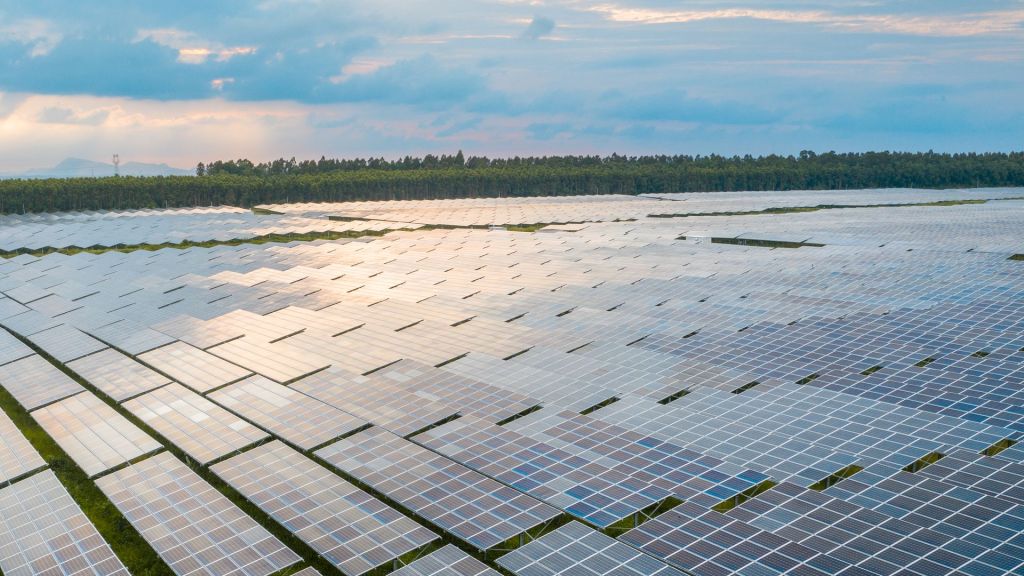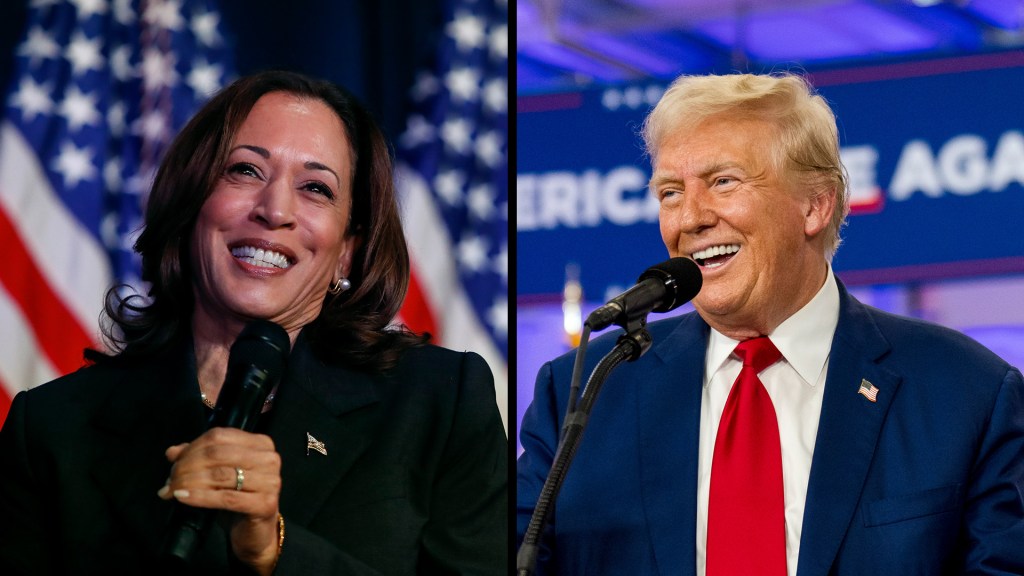Nearly half of the clean energy funds from the Biden administration’s Inflation Reduction Act have been directed to seven key swing states. The move is expected to generate tens of thousands of manufacturing jobs ahead of the 2024 election.

According to a new analysis, more than $150 billion has been allocated to electric vehicle plants, renewable energy projects and battery manufacturing. Of that, over $63 billion — almost half of the total funding — will go to seven states critical to the upcoming presidential race: Georgia, North Carolina, Michigan, Nevada, Arizona, Pennsylvania, and Wisconsin.
Georgia is set to receive the largest share at nearly $19.9 billion, followed by North Carolina with $16.4 billion and Michigan with $13.3 billion. Over $6 billion will go to both Nevada and Arizona, while Pennsylvania and Wisconsin will receive $678 million.
The Inflation Reduction Act, passed in 2022, is credited with creating more than 50,000 jobs across these states, which have historically played a crucial role in determining the outcome of U.S. elections.
The Biden administration has touted the law as a landmark climate and economic initiative, but public awareness remains low.
Polls show only 4 in 10 Americans are familiar with the bill, despite its significant impact on clean energy and job creation. With the 2024 election approaching, experts say this could pose a challenge for Democrats seeking to turn the economic benefits into political gains.

Vice President Kamala Harris, who cast the tie-breaking vote to pass the legislation, faces former President Donald Trump in what is expected to be a closely contested race.
While the clean energy funds have brought new investment and jobs to these swing states, it remains unclear whether these developments will sway voters in November.








